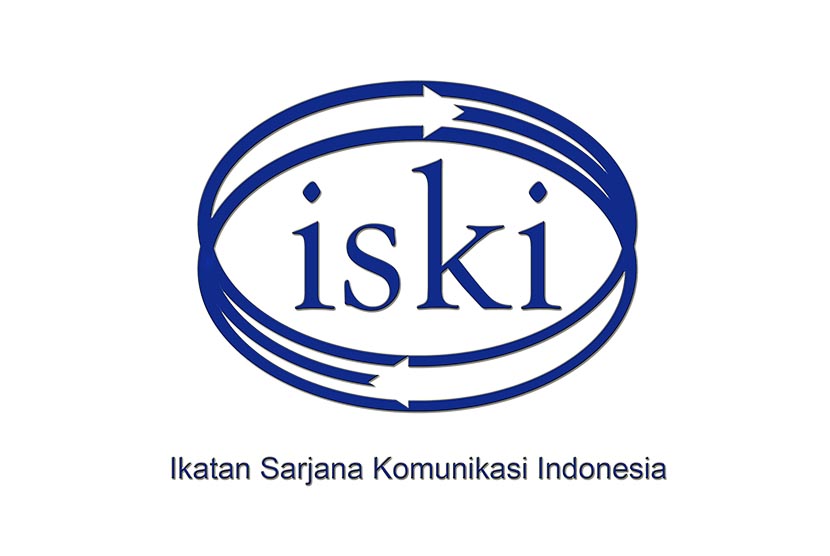Integrated Brand Communication (IBC)
Maximizing the Voice, Minimizing the Noise
DOI:
https://doi.org/10.36782/jobmark.v1i2.186Keywords:
Branding, Horizontal Branding, Vertical Branding, Axial Branding, Transmedia CommunicationAbstract
Integrated Brand Communication (IBC) refers to unifying a brand's messaging to make it consistent across all media used to reach its target audience. It is a strategic approach that guides communication and tactics across all branding channels. The main goal of IBC is to maximize the brand's voice and minimize the noise that may distract or confuse the consumers, both internally and externally. IBC can help with brand-building, campaign effectiveness, and customer loyalty in long-lasting brand relationships by aligning the primary brand message and using the right mix of marketing omnichannel. This article provides a roadmap, strategic concepts, and practical guides for optimizing brand message clarity amidst the buzz of branding and mass communication explosions.
Downloads
References
Aaker, D. (2018). Creating Signature Stories: Strategic Messaging that Persuades, Energizes, and Inspires. Morgan James
Ammerman, W. (2019). The Invisible Brand: Marketing in the Age of Automation, Big Data, and Machine Learning. McGraw-Hill
Anderson, A. T. (2016, Dec 19). The Evolution of Brand Communication. Chiefmarketer.com
Arruda, W. (2009). Brand Communication: The 3Cs. Thunderbird International Business Review, 51(5), 409-416
Benbunan, J., Schreier, G., & Knapp, B. (2019). Disruptive Branding: How to Win in Times of Change. Kogan Page
Beverland, M. (2018). Brand Management: Co-creating Meaningful Brands. Sage
Egan, J. (2020). Marketing Communications. 4th Edition. Sage
Fill, C. & Turnbull, S. (2023). Marketing Communications: Fame, Influencers & Agility, 9th Edition. Pearson
Gallego, T. (2018). Adapt or Die: How to Survive in the New Era of Digital Marketing. L7 Creative Publishing
Grassl, W. (2010). The Reality of Brands: Towards an Ontology of Marketing. American Journal of Economics and Sociology, 58, 313-359
Hur, Won‐Moo; Ahn, Kwang‐Ho; Kim, Minsung (2011). Building brand loyalty through managing brand community commitment. Management Decision, 49(7), 1194–1213.
Jacoby, J. & Chestnut, R.W. (1978). Brand Loyalty: Measurement Management. John Wiley
Keller, K. L. (1993). Conceptualizing, Measuring, and Managing Customer-Based Brand Equity. Journal of Marketing, 57(1), 1–22.
Keller, K. L. (2003). Brand Synthesis: The Multidimensionality of Brand Knowledge. Journal of Consumer Research, 29(4), 595-600
Keller, K. L. (2013). Strategic Brand Management: Buiding, Measuring and Managing Brand Equity, 4th Edition. Pearson Education
Lalaounis, S. T. (2021). Strategic Brand Management and Development: Creating and Marketing Successful Brands. Routledge
Lehmann, S., Liedtke, N., Rothschild, P., & Trevino, E. (2020). The future of brand strategy: It’s time to ‘go electric.’ McKinsey
Maechler, N., Neher, K., & Park, R. (2016). From touchpoints to journeys: Seeing the world as customers do. McKinsey McKinsey (2020). Reimagining Marketing: Marketing in the Next Normal. McKinsey & Company
Metz, A. (2019). The Social Customer. McGraw-Hill
Moreira, C., Nordström, M. & Ortega, J. (2017). Augmented and virtual reality in the brand-building process. Strategic Brand Management: Master Papers. LSEM
Mustard, J. (2019). The Iconist: The Art and Science of Standing Out. BenBella Books
Schmitt, B. H., Brakus, J. J., & Zarantonello, L. (2009). Brand Experience: What Is It? How Is It Measured? Does It Affect Loyalty? Journal of Marketing, 73, 52–68
Voorveld, H. A. M. (2019). Brand Communication in Social Media: A Research Agenda, Journal of Advertising, 48(1), 14-26
Wijaya, B. S. (2011a). Branderpreneurship: Brand Development-Based Entrepreneurship. Proceeding International Conference on Business and Communication (ICBC)
Wijaya, B. S. (2011b). Brand Social Responsibility: An Integrative Perspective. Journal Communication Spectrum, 1(2), 203-218
Wijaya, B. S. (2012). Brandmorphosis Theory: How Brands Evolve, Adapt, and Transform. Journal Communication Spectrum, 2(2), 215-225. https://doi.org/10.36782/jcs.v2i2.2161
Wijaya, B. S. (2013a). How ‘Deep’ is Your Brand? The Hierarchical Effects Model of Emotional Branding. Journal Communication Spectrum: Capturing New Perspectives in Communication, 3(2), 158-169. http://dx.doi.org/10.36782/jcs.v3i2.1974
Wijaya, B. S. (2013b). Dimensions of Brand Image: A Conceptual Review from the Perspective of Brand Communication. European Journal of Business and Management, 5(31), 55-65
Wijaya, B. S. (2014). Branderpreneurship Framing Analysis: A Methodological Framework. Journal Communication Spectrum, 4(2), 156-169
Wijaya, B. S. (2019). Branding: Representation, Communication, and Simulation. Journal of Branding and Marketing Communication, 1(1), 1-7. https://doi.org/10.36782/jobmark.v1i1.149



















